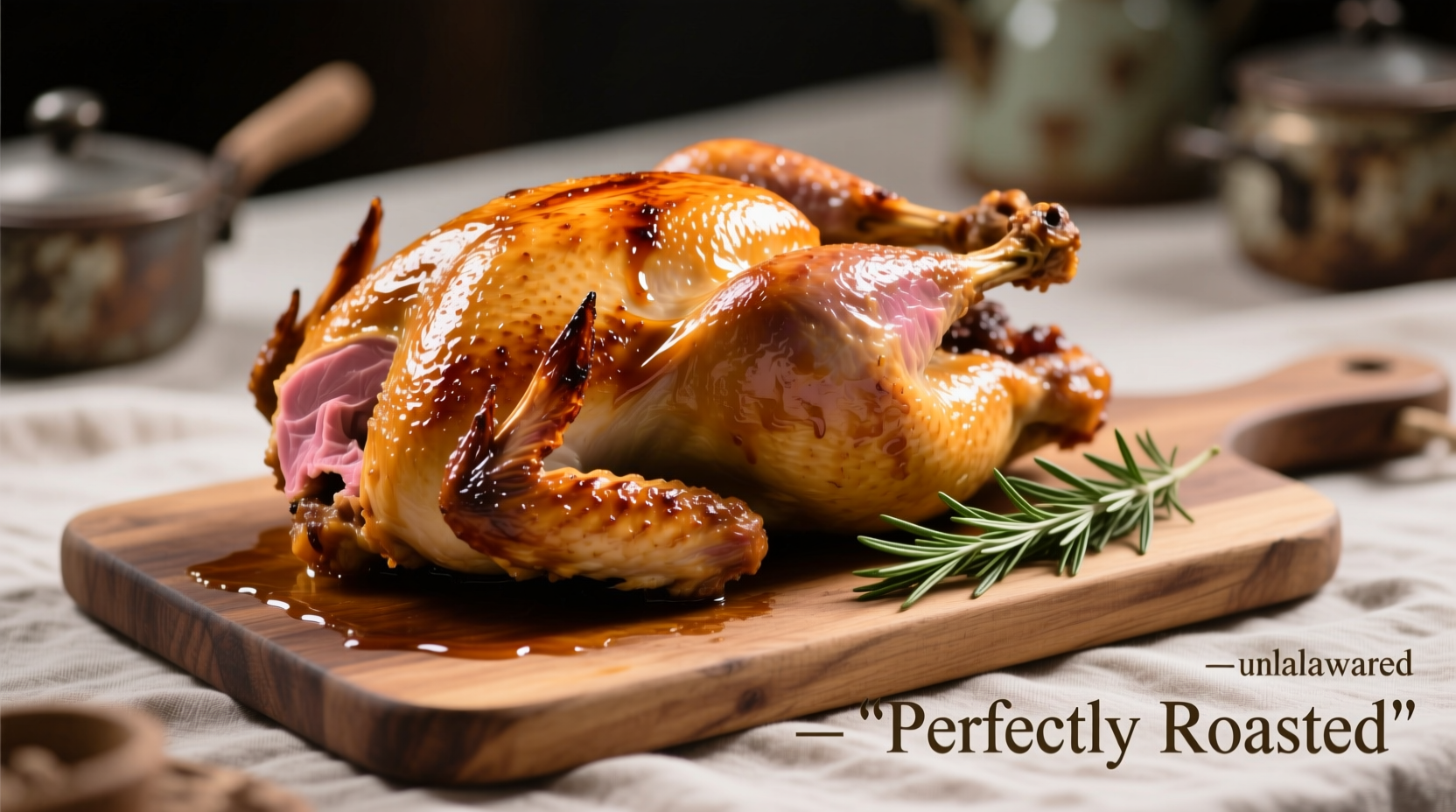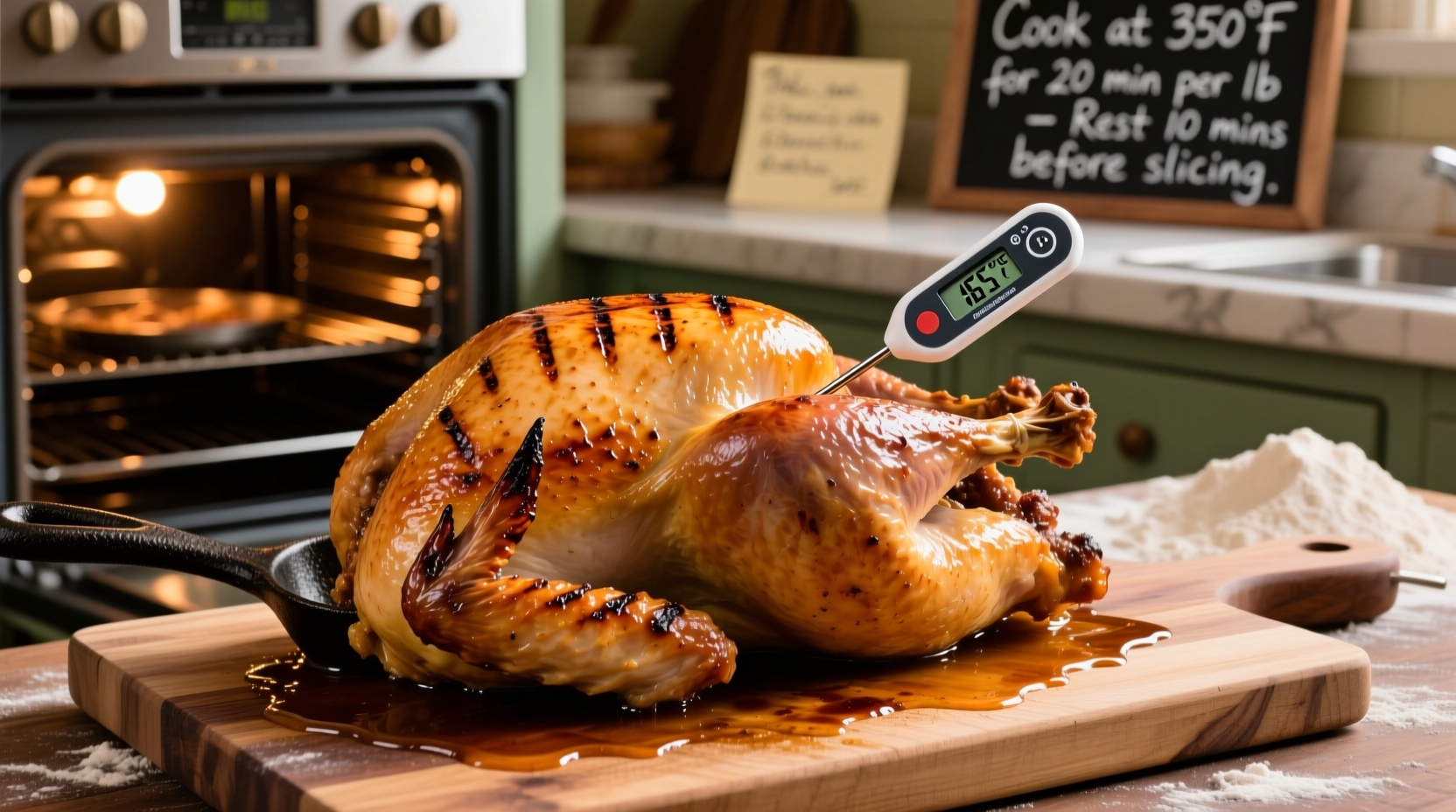Nothing ruins a special meal faster than dry, overcooked turkey or the risk of undercooked poultry. Getting the timing right for your turkey breast isn't just about following a clock—it's understanding the science behind perfect poultry preparation. Whether you're cooking for a holiday gathering or a weeknight dinner, precise timing ensures juicy, flavorful results every time.
The Science Behind Perfect Turkey Breast Cooking
Cooking turkey breast properly requires understanding both time and temperature dynamics. Unlike whole turkeys, turkey breasts cook faster due to their smaller size and lack of dark meat, but they're also more prone to drying out if overcooked by even a few minutes.
According to the USDA Food Safety and Inspection Service, poultry must reach a minimum internal temperature of 165°F (74°C) to eliminate harmful bacteria like salmonella. This isn't just a recommendation—it's a critical food safety requirement.
| Turkey Breast Weight | Approximate Cooking Time | Recommended Oven Temp |
|---|---|---|
| 3-4 pounds | 1–1.5 hours | 350°F (175°C) |
| 5-6 pounds | 1.5–2 hours | 350°F (175°C) |
| 7-8 pounds | 2–2.5 hours | 350°F (175°C) |
| 9+ pounds | 2.5–3+ hours | 350°F (175°C) |
Step-by-Step Cooking Process for Perfect Results
Preparation Essentials
Proper preparation significantly impacts your final cooking time and results:
- Thaw completely if frozen (allow 24 hours per 4-5 pounds in refrigerator)
- Bring to room temperature for 30-60 minutes before cooking
- Dry the surface thoroughly with paper towels for better browning
- Season generously but avoid heavy salt 24 hours before cooking if you want to brine

Cooking Timeline
Follow this timeline for optimal turkey breast preparation:
- Preheat oven to 350°F (175°C) with rack in center position
- Prepare turkey with seasoning, herbs, or marinade of choice
- Place turkey breast-side up on rack in roasting pan
- Insert meat thermometer into thickest part (avoiding bone)
- Cook undisturbed for first 45-60 minutes (basting is optional but not necessary)
- Check temperature starting at the 1.5 hour mark for smaller breasts
- Remove when thermometer reads 160°F (71°C) (temperature will rise during resting)
- Rest for 15-20 minutes before carving (critical for juicy results)
Factors That Affect Turkey Breast Cooking Time
Several variables impact how long to cook your turkey breast. Understanding these helps you adjust timing for perfect results:
- Oven accuracy – Use an independent oven thermometer as built-in thermometers can be inaccurate
- Convection vs. conventional ovens – Convection ovens cook 25% faster; reduce temperature by 25°F
- Starting temperature – Cold turkey from refrigerator adds 15-20 minutes to cooking time
- Thermometer placement – Incorrect placement leads to inaccurate readings
- Meat density – Bone-in breasts take slightly longer than boneless
Troubleshooting Common Turkey Breast Problems
Dry or Overcooked Turkey
If your turkey breast turns out dry, it's likely overcooked by just a few degrees. Remember that turkey continues cooking during the resting period. For future attempts:
- Remove from oven at 160°F (71°C) instead of waiting for 165°F
- Consider brining for 12-24 hours before cooking
- Use a cooking bag or foil tent during the last hour
Undercooked Turkey
If your turkey hasn't reached 165°F (74°C) but appears done externally:
- Return to oven and check temperature every 10 minutes
- Cover loosely with foil to prevent over-browning
- Consider slicing thicker portions and returning to oven
Advanced Techniques for Perfect Turkey Breast
Professional chefs use these methods to ensure perfectly cooked turkey breast:
- Reverse searing – Cook at low temperature (275°F) until 150°F internal, then sear at high heat
- Spatchcocking – Remove backbone and flatten turkey for more even cooking
- Temperature-controlled cooking – Use a precision oven controller for exact temperature management
- Butterflying – Cut horizontally to create even thickness throughout
Food Safety Final Verification
Never rely solely on cooking time. The Centers for Disease Control and Prevention emphasizes that visual cues alone cannot verify poultry safety. Always use a digital meat thermometer:
- Insert into thickest part of breast, avoiding bone
- Wait 15 seconds for accurate reading
- Verify 165°F (74°C) minimum temperature
- Check multiple spots if breast is uneven
Remember that turkey continues to cook during the resting period, typically rising 5-10°F. This carryover cooking is why many chefs recommend removing turkey at 160°F.
Conclusion
Mastering turkey breast cooking time transforms a potentially stressful task into a reliable process. By understanding that cooking time varies based on weight, oven conditions, and preparation methods—while always verifying with a thermometer—you'll achieve perfectly cooked turkey breast consistently. The 20 minutes per pound guideline provides a solid starting point, but temperature monitoring remains the most reliable indicator of doneness.











 浙公网安备
33010002000092号
浙公网安备
33010002000092号 浙B2-20120091-4
浙B2-20120091-4